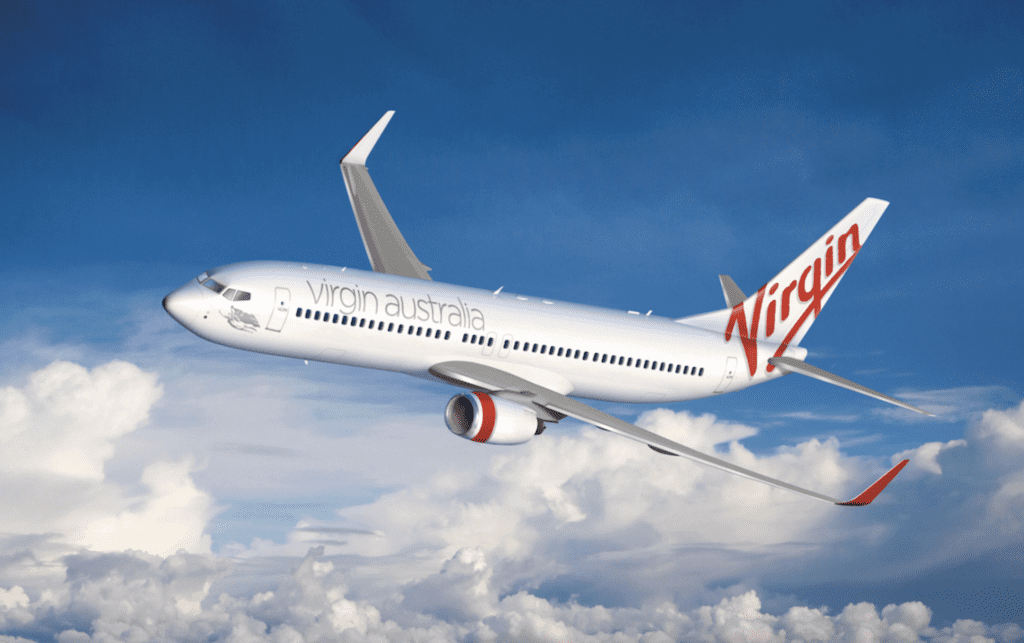
Intelsat’s in-flight connectivity service was recently chosen for Virgin Australia’s Boeing 737 fleet. (Photo: Virgin Australia)
Virgin Australia recently selected Intelsat’s 2Ku satellite connectivity solution as part of an initiative to improve the passenger experience. The in-flight connectivity (IFC) service will be installed on Virgin Australia’s existing fleet of Boeing 737 NG aircraft over the next 18 months. Intelsat’s solution will also be installed in 737 MAX aircraft delivered to Virgin Australia in the future.
“We’re going to deliver a streaming-quality, always-on, reliable inflight internet product onboard Virgin Australia’s fleet of 737 aircraft,” Dave Bijur, SVP of Intelsat Commercial Aviation, commented in response to the announcement. “We’re adding 737 MAX aircraft for the first time with Virgin Australia, and they’ve made a technology decision that expands our relationship and will delight their guests.”
Bijur shared his thoughts on some of the industry’s biggest challenges during an interview with Avionics International at the recent APEX Expo. “One of the big challenges for airlines is reducing emissions and getting to carbon-neutral by 2050,” he said. Achieving this goal will “require everyone in the airline supply chain to do things differently.”
“The ‘greening’ of in-flight connectivity is a priority for airlines and another big challenge and opportunity,” he added.
Bijur also commented on the fast pace of innovation in the aviation industry, explaining that it can be hard for airlines to know when to upgrade certain parts of a plane. It’s simply not practical to change out network infrastructure or hardware every two or three years. “Satcom communications, antennas, modems, wireless access points are all updating so quickly,” he said.
Airlines are concerned in particular about the weight of antennas and how much drag they create. One of the latest updates from Intelsat is developing a smaller, lighter solution with less drag and no moving parts. “From a maintenance perspective, it’s going to be a lot better—it stays on the aircraft longer,” Bijur noted.

Pictured above is a rendering of Intelsat-45, based on Swissto12’s HummingSat product line. (Photo: Swissto12)
One of the biggest innovations in the satellite industry is the electronically steered array, or ESA, antenna. This is an improvement from the mechanically steered array. The new ESA antennas can connect to Low Earth Orbit (LEO) constellations.
Intelsat has 50 Geostationary Orbit (GEO) satellites that are essentially parked at the equator. Because of their position, they can’t provide connectivity for routes over the North Pole. Intelsat is partnering with OneWeb, which flies LEO satellites. In addition to providing coverage of the North Pole, LEO satellites also reduce latency because they are closer to Earth.
“Our strategy is to put those two networks together, because they both have benefits,” Bijur explained.
Intelsat announced this week that it will be the first commercial customer for the HummingSat product line from Swissto12, a startup based in Switzerland. Intelsat ordered the IS-45 satellite, which is expected to launch in 2025. It will offer customers Ku-band fixed satellite services. The HummingSat line comes in sizes that are three to ten times smaller than typical GEO satellites.